You will need to mix the colours and add it to the legend. Below code will do this for you. Remember to add the second color first (b2 and then b1 in code below), so that the colors come out correctly. You can edit the text as you want for the legend(X, Y, X & Y) in the last line. Code borrowed from here. Hope this helps.
import matplotlib.pyplot as plt
from matplotlib.lines import Line2D
X = [3,2,1,30,20,16]
Y = [4,1,6,4,34,21]
bins=[0,10,20,30,40]
def mix_colors(cf, cb): # cf = foreground color, cb = background color
a = cb[-1] + cf[-1] - cb[-1] * cf[-1] # fixed alpha calculation
r = (cf[0] * cf[-1] + cb[0] * cb[-1] * (1 - cf[-1])) / a
g = (cf[1] * cf[-1] + cb[1] * cb[-1] * (1 - cf[-1])) / a
b = (cf[2] * cf[-1] + cb[2] * cb[-1] * (1 - cf[-1])) / a
return [r,g,b,a]
b1 = [1.0, 0.0, 0.0, 0.5]
b2 = [0.0, 0.0, 1.0, 0.5]
b12 = mix_colors(b2, b1) # mix b2 over b1
plt.figure()
plt.hist(X,bins=bins,edgecolor='black',color='red',alpha=0.5)
plt.hist(Y,bins=bins,edgecolor='black',color='blue',alpha=0.5)
plt.legend()
plt.show
b1 = Line2D([0], [0], linestyle='none', marker='s', markersize=10, markerfacecolor=b1)
b2 = Line2D([0], [0], linestyle='none', marker='s', markersize=10, markerfacecolor=b2)
b12 = Line2D([0], [0], linestyle='none', marker='s', markersize=10, markerfacecolor=b12)
plt.legend((b1, b2, b12), ('X', 'Y', 'X & Y'), numpoints=1, loc='best')
Output Graph



